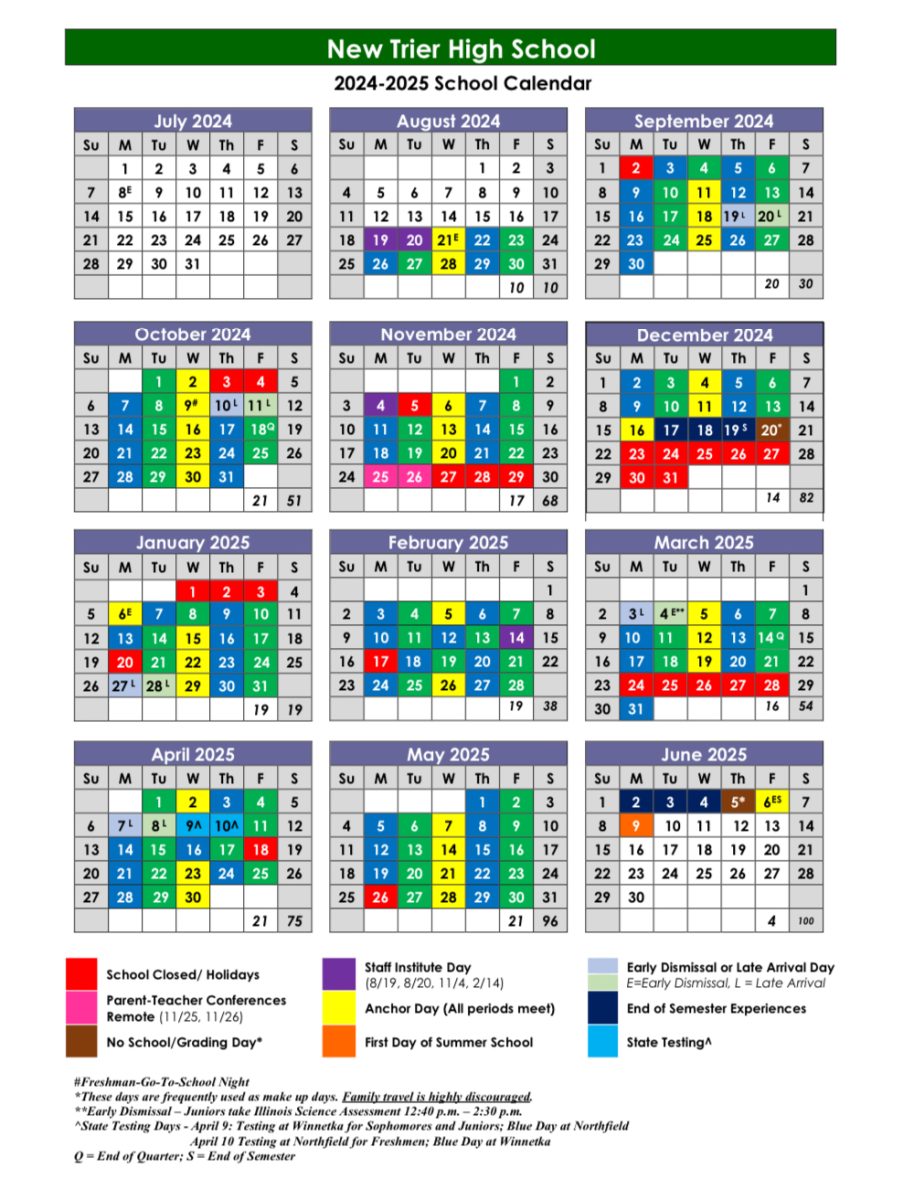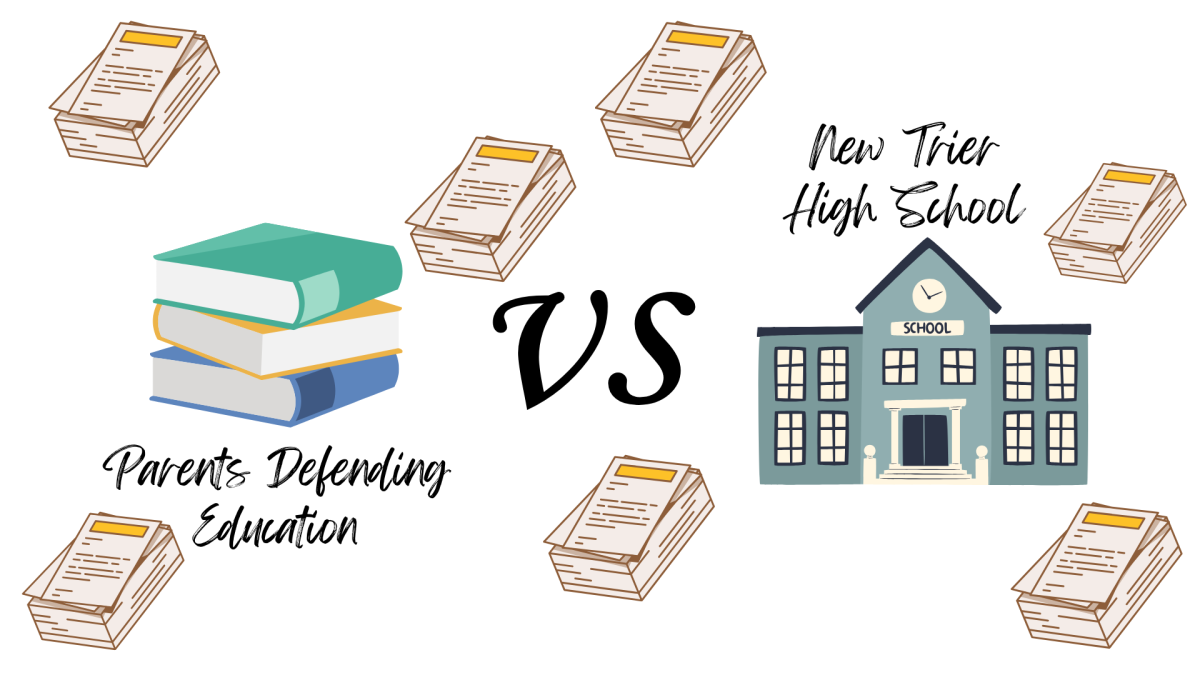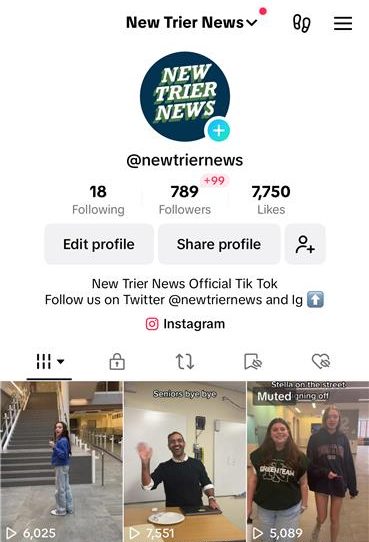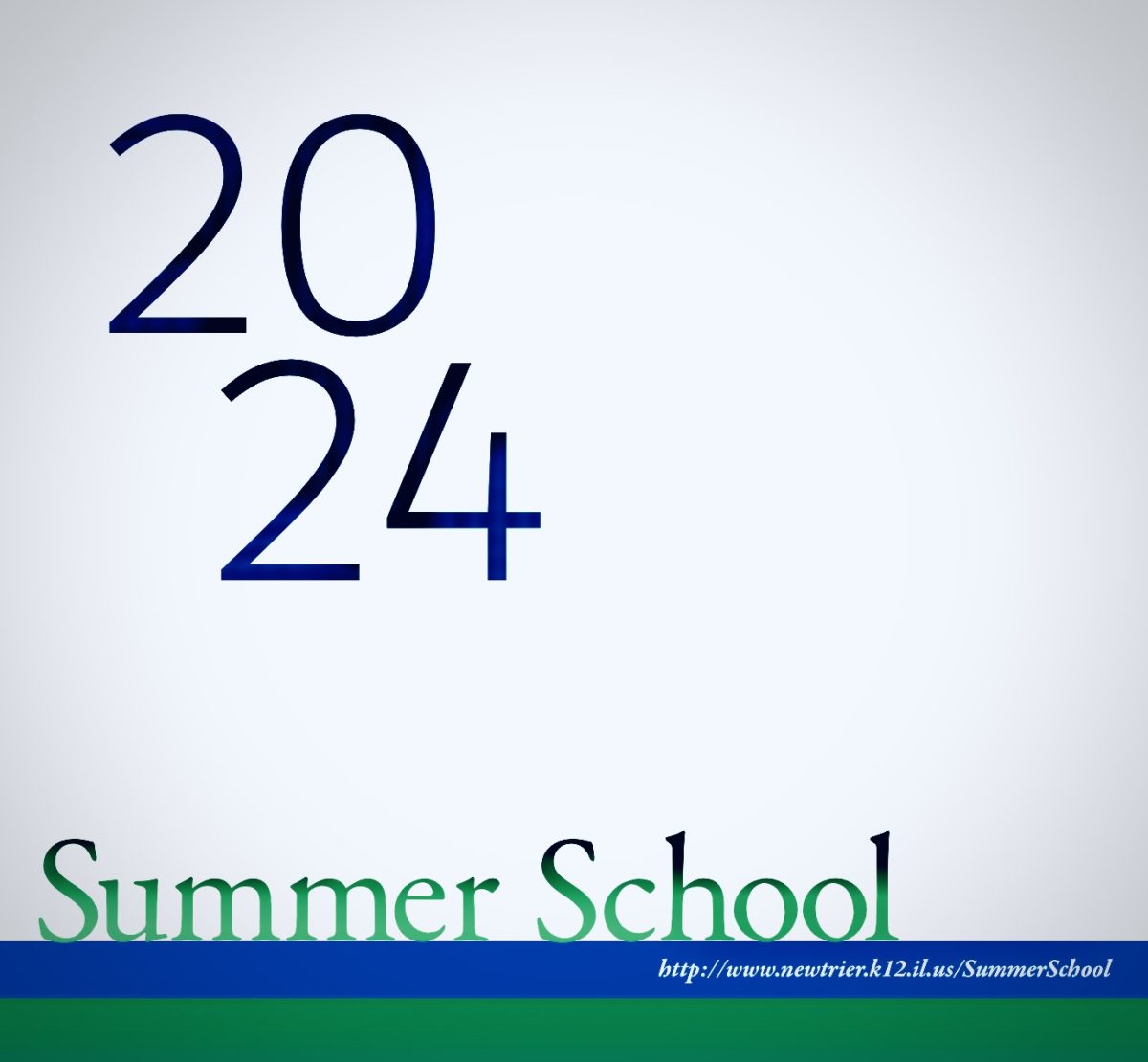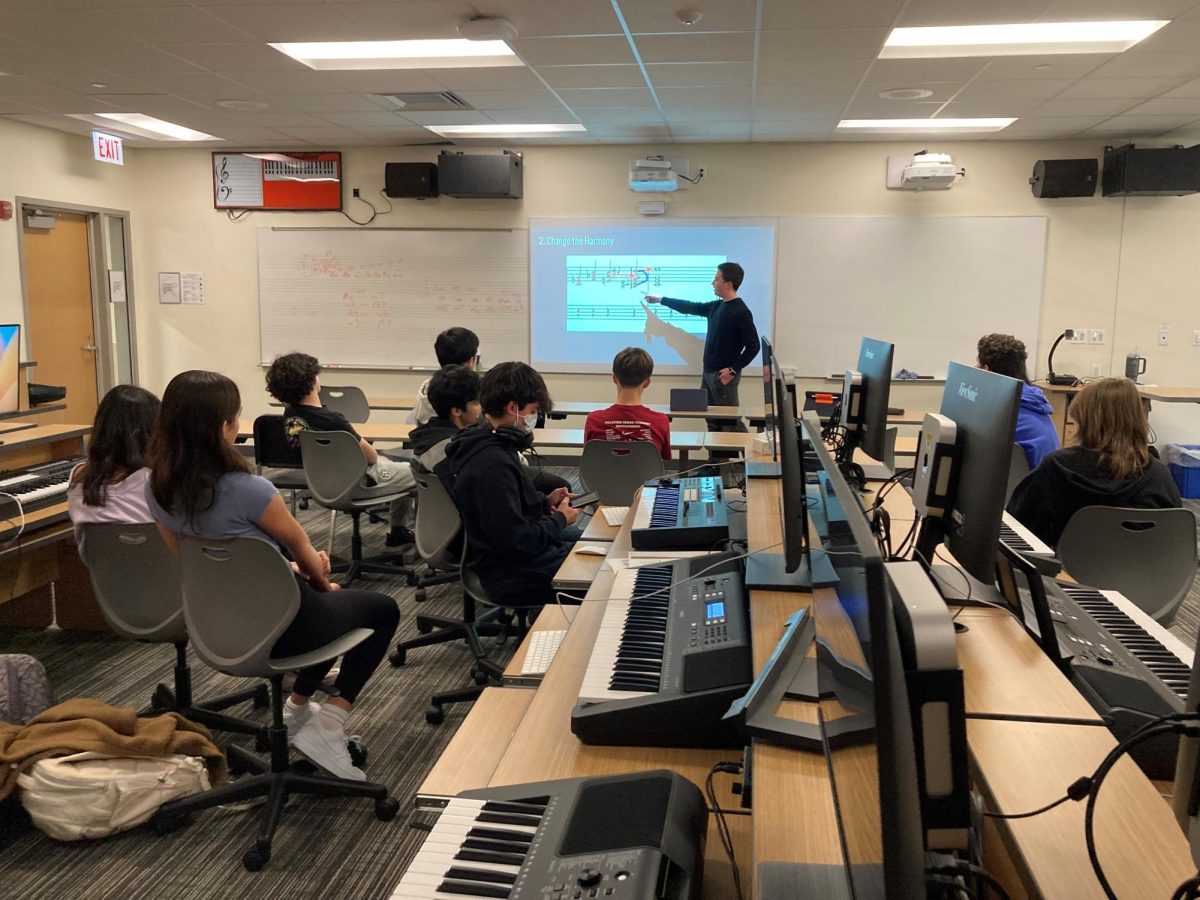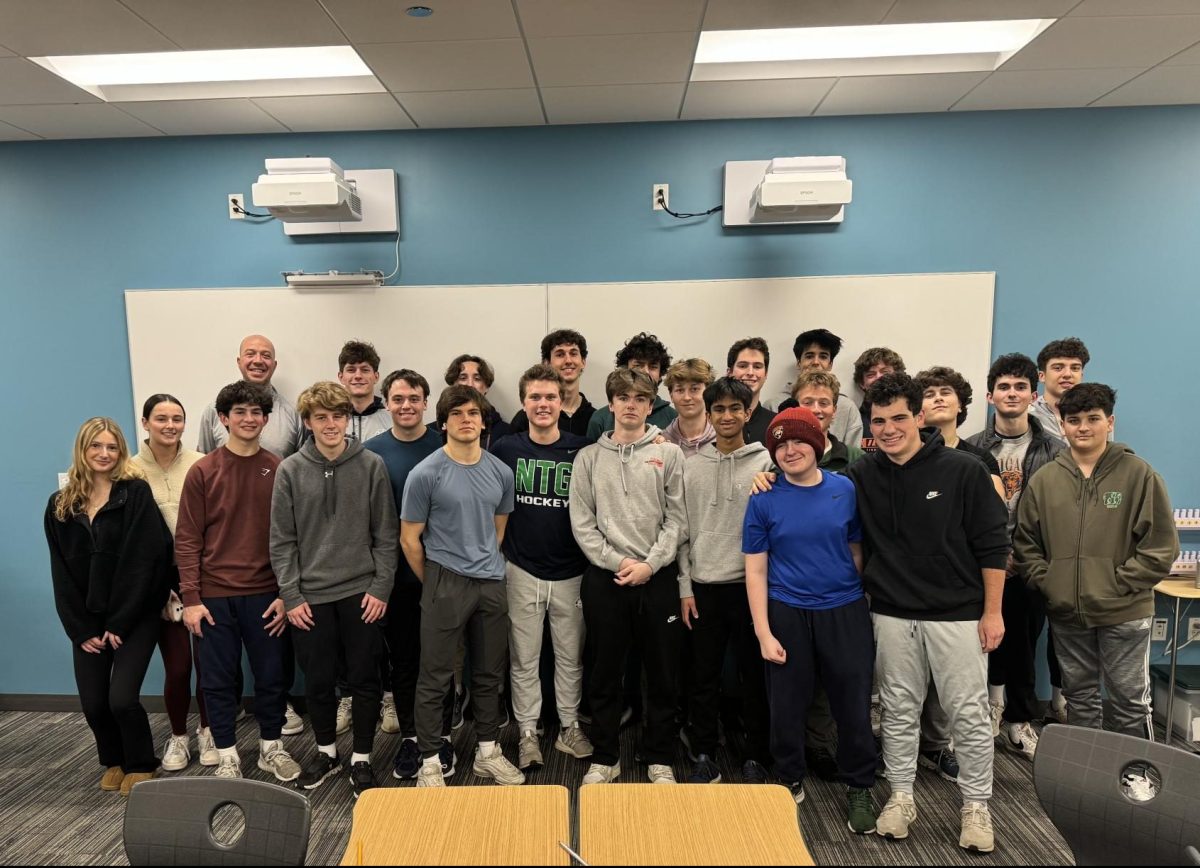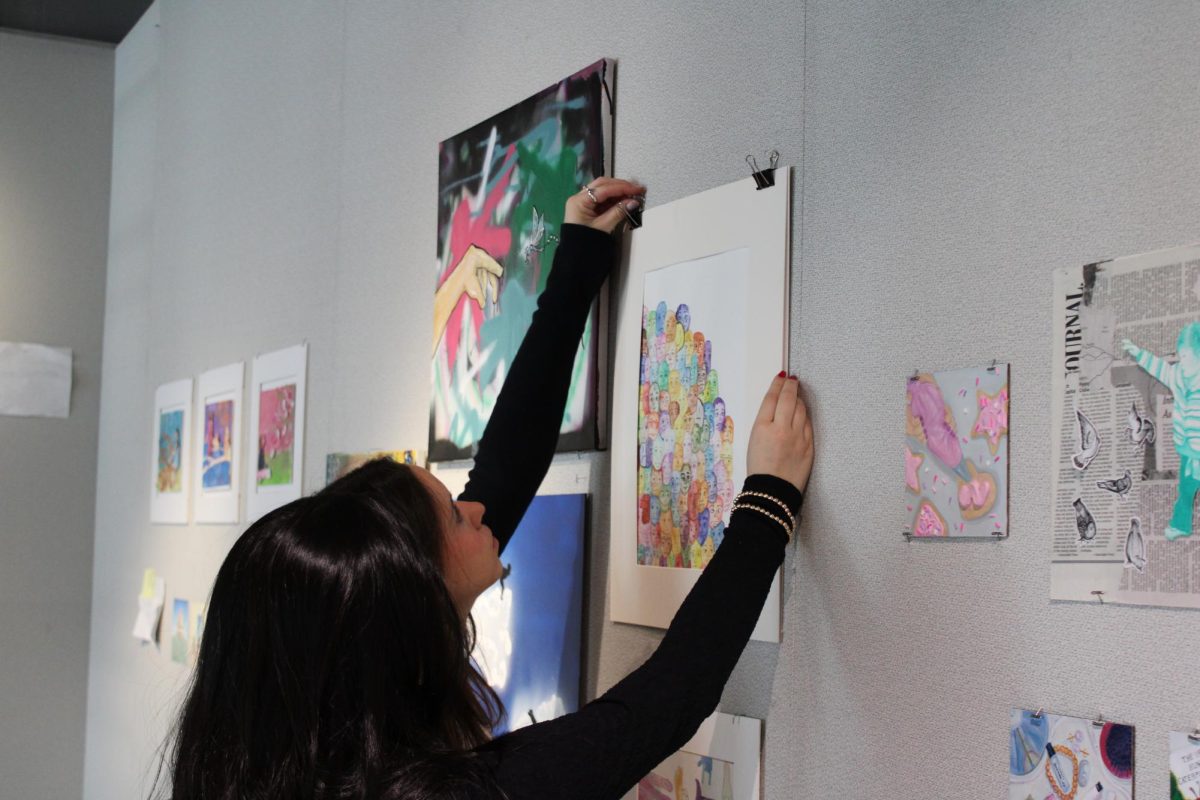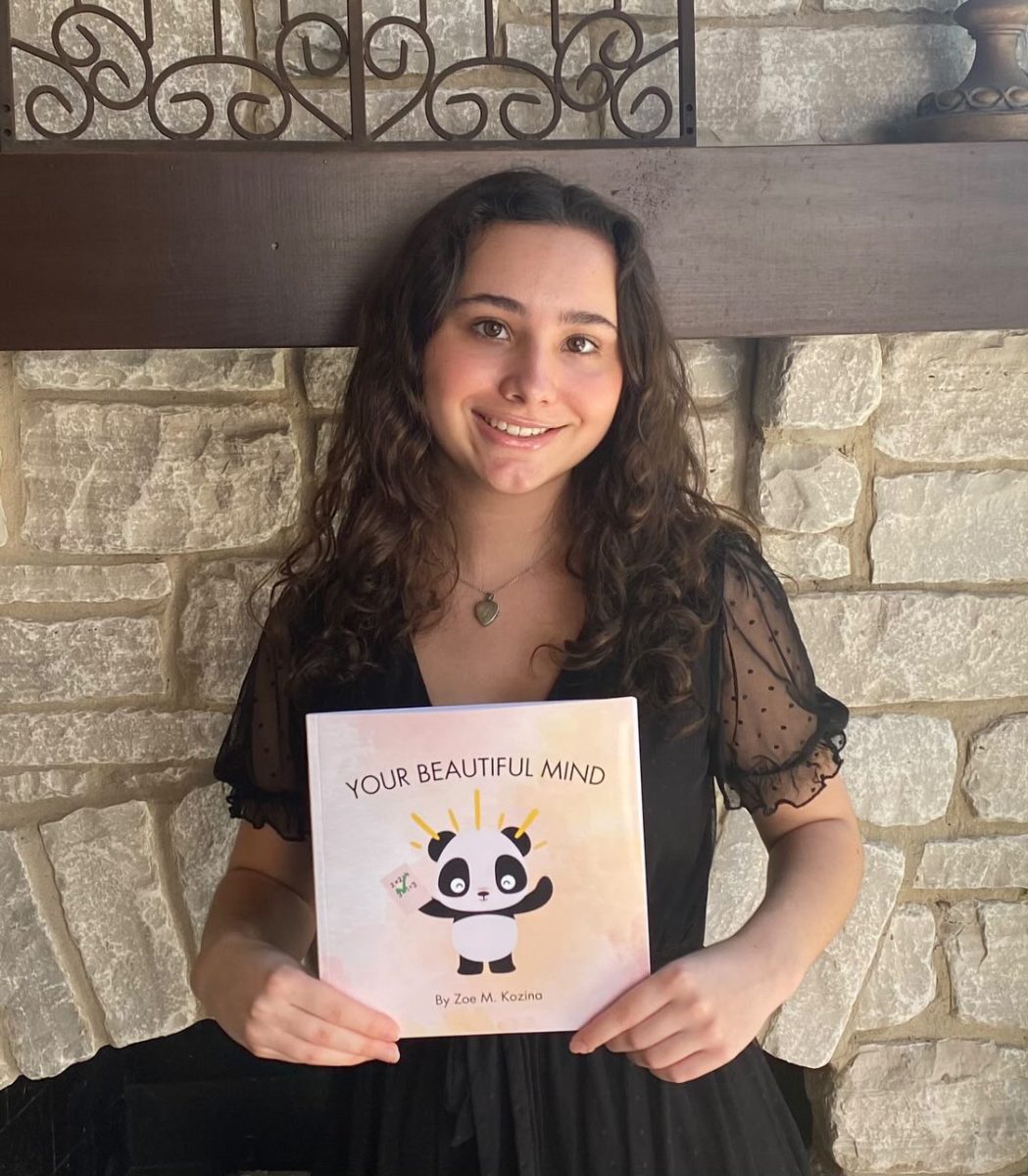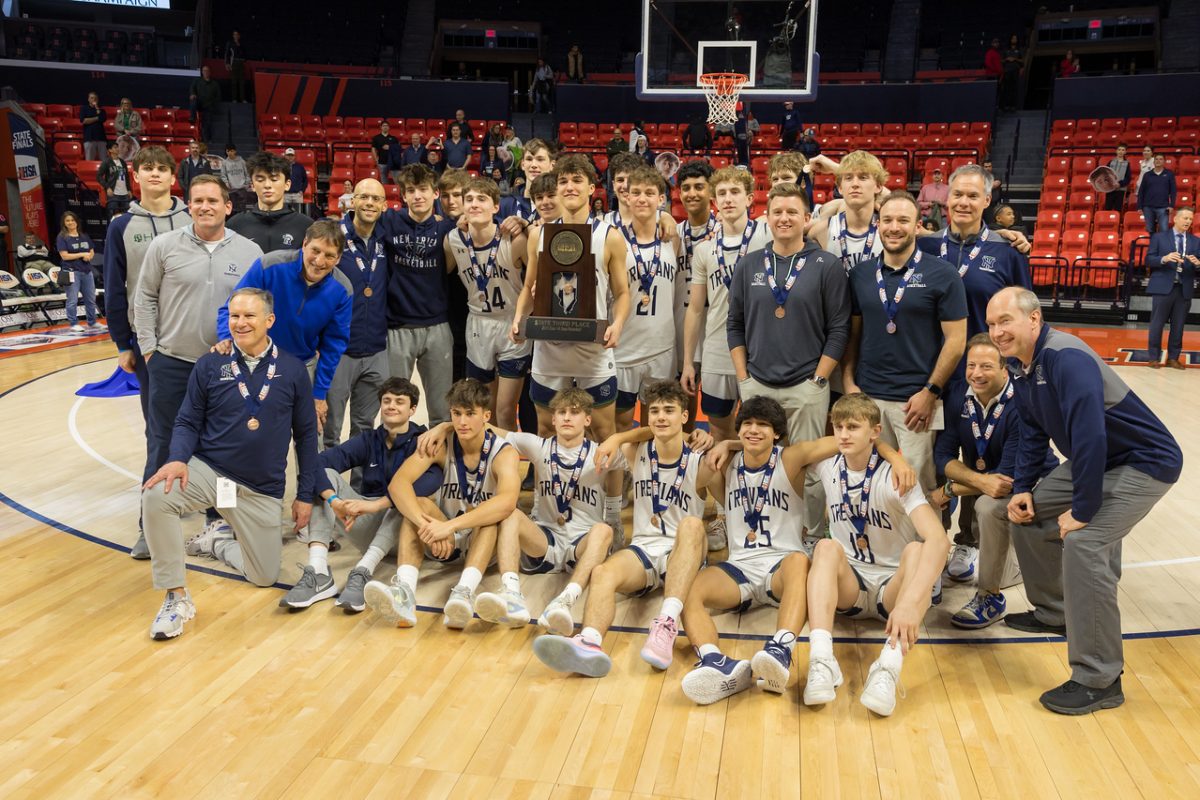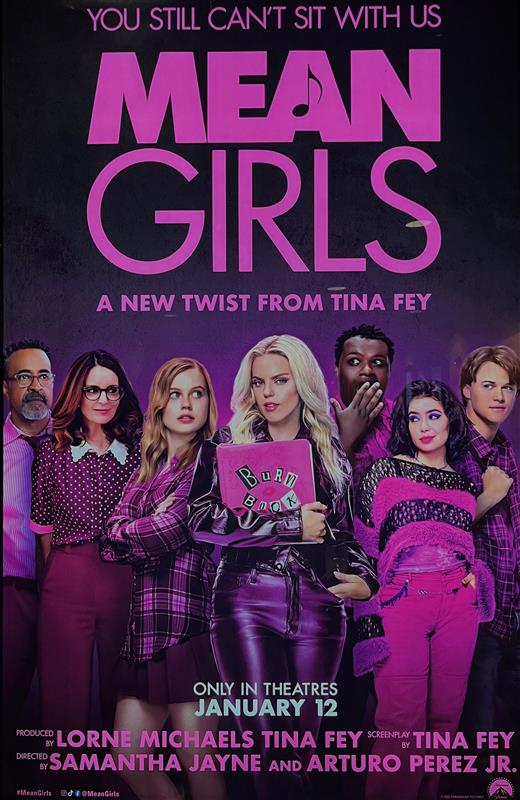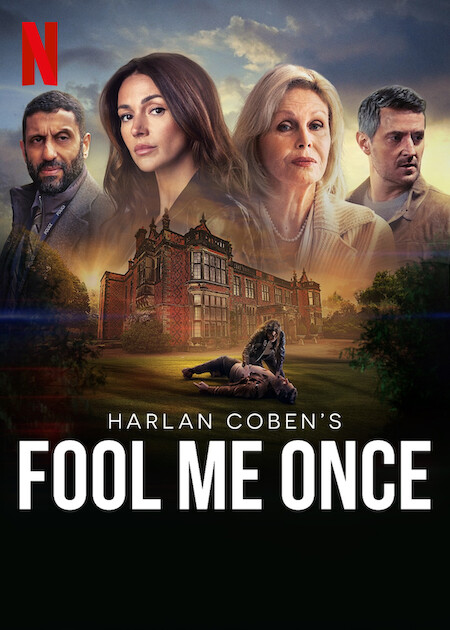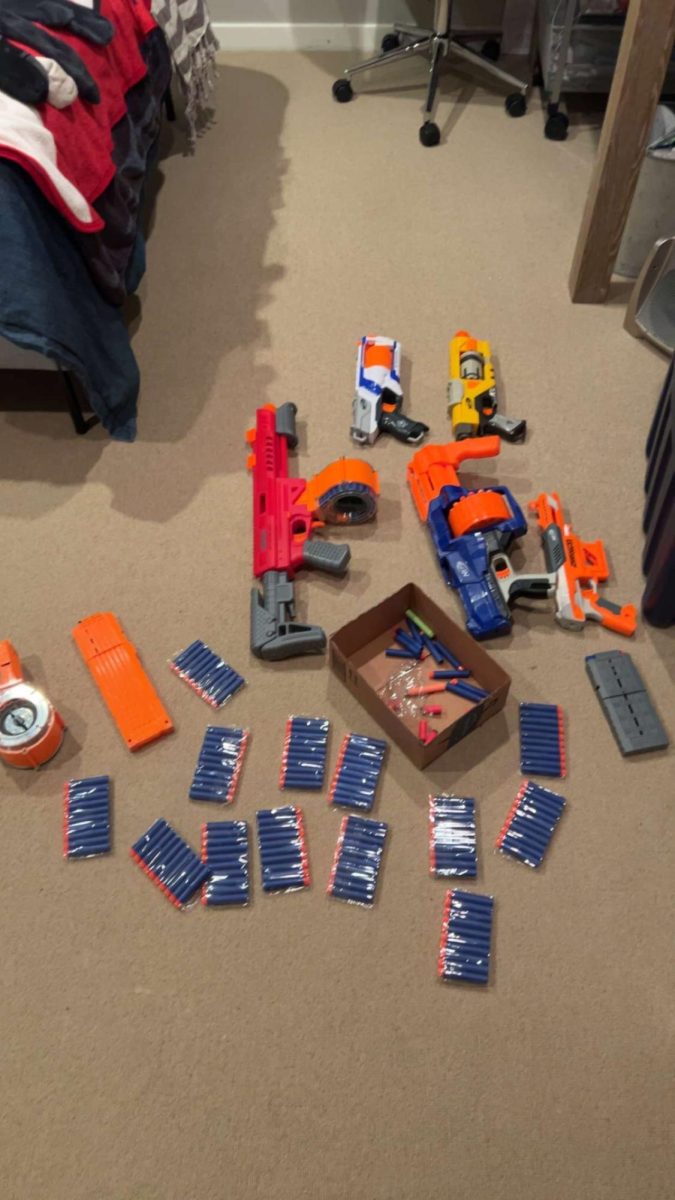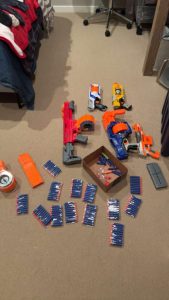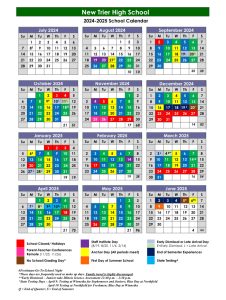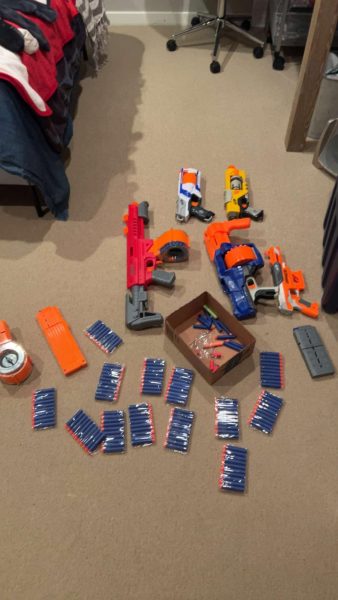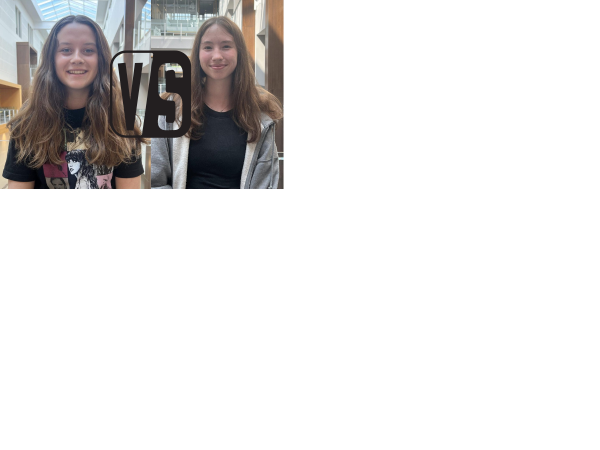When writing becomes an equation
November 3, 2016
I remember the first essay ever assigned to me. It was in fifth grade and I was terrified. I remember thinking ‘essays are for older kids. I don’t know how to write like this.’
Our teachers had a solution–many, actually. There were copious packets, days of explanations, readings and examples and powerpoints and practice. And there was the dreaded graphic organizer.
Graphic organizers, you remember, were the bane of middle school writing class. They were long, tedious, and arranged who-knows-how, up and down and side to side all around the page with only thin arrows to guide you, half-faded from 30 runs through the copy machine.
Even then, I felt limited by the format. Hooks and topic sentences were okay, but even the smallest details had to be mapped out. I remember having to add sentences I thought didn’t fit and having to remove sentences that I liked just to fit the code that our teacher had given us for an algorithmically superior essay.
My essays, I’m sure, would’ve been bad with or without a graphic organizer, but I didn’t even get to feel like I was writing my own papers. It didn’t sound like me. It sounded like everyone because everyone had to write exactly the same.
I didn’t–I still don’t–understand how anyone could be objectively wrong writing a narrative essay, an essay about your own story and nothing else. Everything became quantitative. It was math with letters…and I don’t like math very much.
They did help explain the concept of essay writing. It’s clear to me why we had graphic organizers; It’s a good tool to help teach students to write a basic essay.
The problem is no one ever really teaches students how to advance beyond that. Every element of writing is touched on throughout middle school–grammar, word choice, sentence structure–but when it comes to putting an essay together, the most fundamental part of any paper, everyone just kind of left it at the prototypical five paragraph essay.
I work at the Reading and Writing Center (this is a shameless plug; visit the RWC in room 326 during any free period you have) which means I see students’ essays all the time.
They’re a little bit jumbled sometimes. Too many good ideas in one place can make even a masterpiece into a mess. But students are often hesitant to take a chance when grades are at stake.
I’ve talked to people who weren’t even aware that they could split up a paragraph on their own accord.
It’s like a weight lifted off their shoulders when they press down the tab key for the sixth time. We’ve been writing for years. We’re in high school, on the verge of adulthood. So how is it that some people still don’t feel comfortable writing an essay?
It’s certainly not the students’ fault that they’re uncomfortable writing. No one liked filling those graphic organizers out; continuing on with that style couldn’t have been high up on any students’ to-do list.
It’s just that we’re never taught to digress from the template. Getting the grade and developing a unique style of writing are all too often entirely separate entities.
Abstract creativity is exchanged for fill-in-the-blanks. Why would any student take a chance on writing an essay their own way when they’ve always been told to plug it into the perfect equation?
Writing is definitely subjective, and I understand that it’s hard to grade without quantitative guidelines, but maybe a bit of a grey area is worth it if it helps students take control of their own writing.
The point of school is to learn, to make a mark in the real world, not just to get a grade. Looking at writing on a student by student basis can help students get their grades by trying new things and growing as a writer instead of using a scale that doesn’t take into account inherent ability.
Writing is an important aspect of almost any job; everyone needs to feel comfortable doing it without being stuck on the same basic layout.
Not every essay is going to be entirely creative, that’s for sure, but there’s some element of individuality in creating any message from just thoughts and graphite.
So I’d encourage teachers to tell students it’s alright to have a little bit of fun in their writing, even if it is just adding a sixth paragraph.

